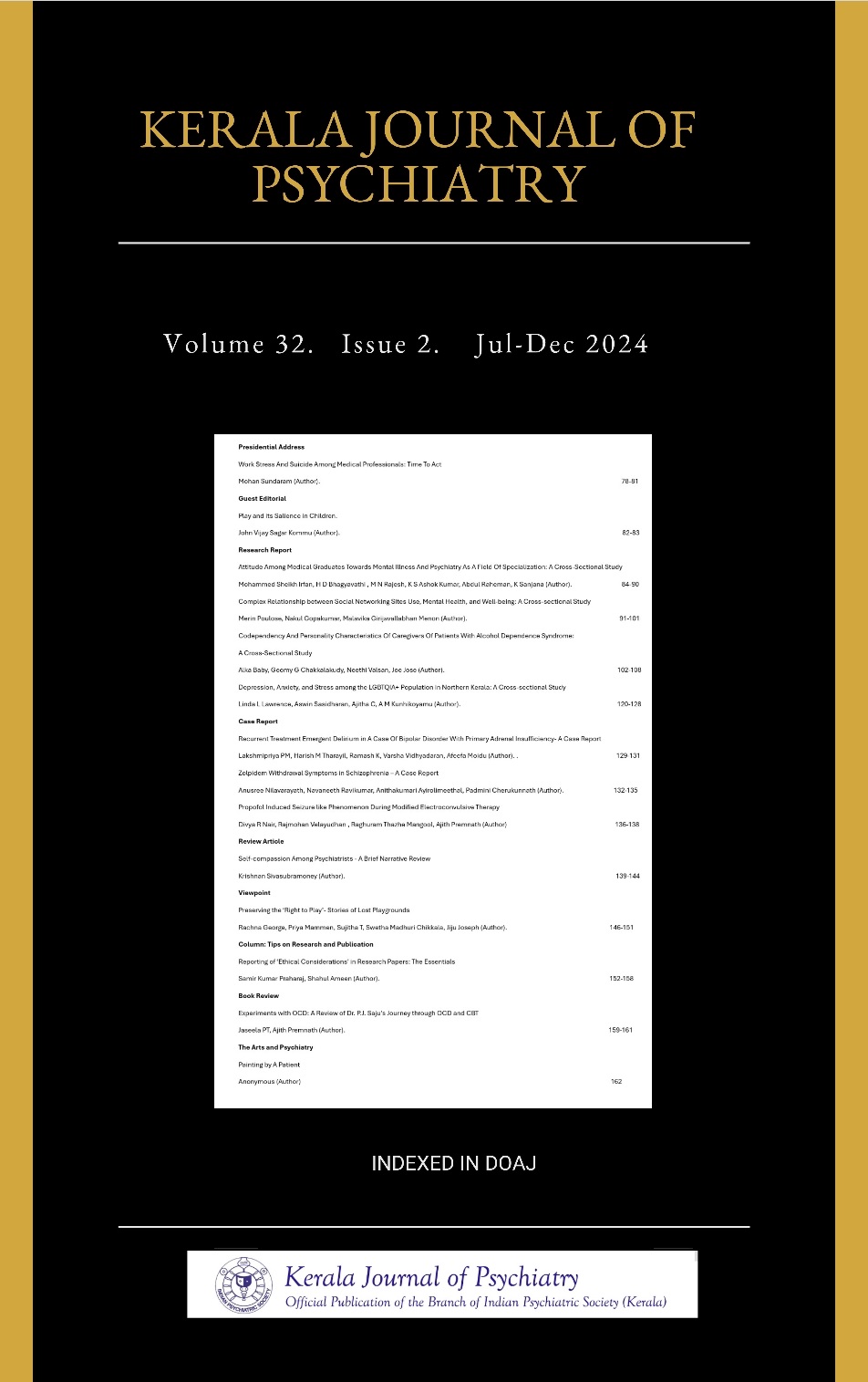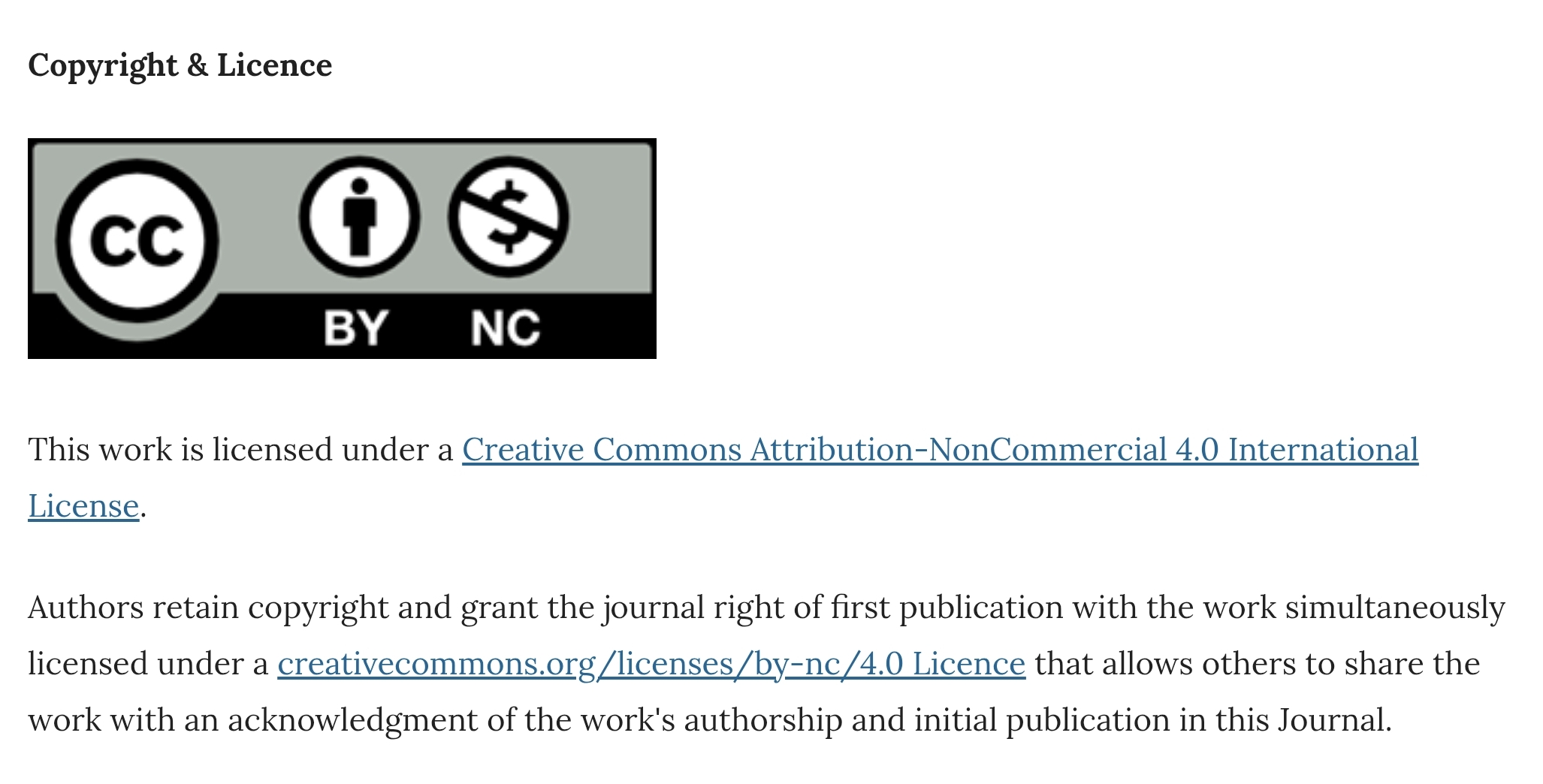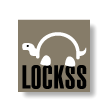Association of Social Networking Systems Use with Mental Health and Well-being: A Cross-sectional Study
DOI:
https://doi.org/10.30834/KJP.37.2.2024.479Keywords:
Social Networking System , Depression , Anxiety, ,Psychosocial Well-being , Behavioural Inhibition SystemAbstract
Background: Social Networking Systems (SNS) are web-based services integral to global communication and social interaction. This study explores predictors of smartphone addiction, the role of motivation and psychosocial well-being, and the prevalence and predictive role of anxiety and depression in smartphone addiction.
Materials and Methods: This survey-based study used Google Forms to collect data through a predesigned questionnaire and other standardized scales. It was conducted over five days and shared through various SNS platforms.
Results: 78.69% identified themselves as netizens and 38.5% met the criteria for smartphone addiction, which was used as a window to assess SNS use. The psychological well-being scale scores were higher in participants without smartphone addiction. Higher scores in personal growth (p=0.001), environmental mastery (p=0.02), and self-acceptance (p=0.002) were significantly associated with lower smartphone addiction. Personal growth subscale and Behavioural Inhibition System Scores were statistically significant predictors for smartphone addiction. A significant association was found between depression levels and smartphone addiction.
Conclusion: Individuals struggling with psychosocial well-being, low self-acceptance, lack of control over their environment, and inadequate coping skills for personal growth are likely to use SNS as a refuge. Depression needs to be ruled out while exploring smartphone addiction.
Conflict of Interest: None
Source/s of Research Funds: Self
Downloads
References
Boyd DM, Ellison NB. Social Network Sites: Definition, History, and Scholarship, Journal of Computer-Mediated Communication, 2007; 13 (10: 210–30. DOI: 10.1111/j.1083-6101.2007.00393.x
Kumar. N Social Media Statistics 2025 – Users & Growth. Demand Sage. Social media users 2023. [Accessed 2024 Jan 18]. Available from: https://www.demandsage.com/social-media-marketing-statistics/
Jung J, Kim Y, Chan-Olmsted S. Measuring usage concentration of smartphone applications: Selective repertoire in a marketplace of choices. Mobile Media & Communication. 2014; 2(3): 352–368. DOI: 10.1177/2050157914542172
Shaw M, Black DW. Internet addiction. CNS Drugs.2018; 22, 353–365. DOI: 10.2165/00023210-200822050-00001
Young KS. Internet addiction: The emergence of a new clinical disorder. CyberPsychology & Behavior.1998; 1(3): 237–244.
Young K, Abreu C. Internet addiction: A handbook and guide to evaluation and treatment. Hoboken, NJ: John Wiley & Sons; 2011.
World Health Organization. International statistical classification of diseases and related health problems. 10th revision. Geneva: World Health Organization; 1992. https://iris.who.int/handle/10665/246208
American Psychiatric Association. Diagnostic and statistical manual of mental disorders. 4th edition. Washington, DC: American Psychiatric Association; 1994. DOI: 10.1176/ajp.152.8.1228
van den Brink W. ICD-11 Gaming Disorder: Needed and just in time or dangerous and much too early? J Behav Addict. 2017; 6(3):290-292. DOI: 10.1556/2006.6.2017.040.10,
American Psychiatric Association. Diagnostic and statistical manual of mental disorders (5th ed.). 2013. DOI: 10.1176/appi.books.9780890425596
Smahel D, Brown BB, Blinka L. Associations between online friendship and Internet addiction among adolescents and emerging adults. Dev Psychol. 2012 Mar;48(2):381-8. DOI: 10.1037/a0027025.
Kardefelt-Winther D. A conceptual and methodological critique of internet addiction research: Towards a model of compensatory internet use. Computers in Human Behavior. 2014; 31: 351–354. DOI:10.1016/j.chb.2013.10.059
Bessière K, Pressman S, Kiesler S, Kraut R. Effects of internet use on health and depression: a longitudinal study. J Med Internet Res. 2010 Feb 28; 12(1):e6. DOI: 10.2196/jmir.
Caplan S, High A. Online social interaction, psychosocial well-being, and problematic internet use. Internet Addiction: A Handbook and Guide to Evaluation and Treatment. 2011: 35-53. https://www.researchgate.net/publication/313002646_Online_social_interaction_psychosocial_well-being_and_problematic_internet_use
Bessiere K, Kiesler S, Kraut R, Boneva, BS. Effects of internet use and social resources on changes in depression. Information, Community and Society. 2008; 11(1): 47–70. DOI: 10.1080/13691180701858851
Kim J, LaRose R, Peng W. Loneliness as the cause and the effect of problematic Internet use: the relationship between Internet use and psychological well-being. Cyberpsychol Behav. 2009 Aug;12(4):451-5. DOI: 10.1089/cpb.2008.0327.
Young, KS. Internet addiction: A new clinical phenomenon and its consequences. American Behavioral Scientist. 2004; 48(4): 402–415. DOI: 10.1177/0002764204270278
Zhang Z, Lin Y, Liu J, Zhang G, Hou X, Pan Z, et al. Relationship between Behavioral Inhibition/Activation System and Internet Addiction among Chinese College Students: The Mediating Effects of Intolerance of Uncertainty and Self-Control and Gender Differences. Front Public Health. 2022; 10:1047036. DOI: 10.3389/fpubh.2022.1047036
Carver CS, White TL. Behavioral inhibition, behavioral activation, and affective responses to impending reward and punishment: The BIS/BAS scales. Journal of Personality and Social Psychology.1994; 67: 319–333. DOI: 10.1037/0022-3514.67.2.319
Celestine, N. The Ryff Scales of Psychological Wellbeing: Your how-to guide. [Accessed 2024 Jan 18]. Available at: https://positivepsychology.com/ryff-scale-psychological-wellbeing/
Kwon M, Lee JY, Won WY, Park JW, Min JA, Hahn C, Gu X, Choi JH, Kim DJ. Development and validation of a smartphone addiction scale (SAS). PLoS One. 2013; 8(2):e56936. DOI: 10.1371/journal.pone.0056936.
Kwon M, Kim DJ, Cho H, Yang S. The smartphone addiction scale: development and validation of a short version for adolescents. PLoS One. 2013 Dec 31;8(12):e83558. DOI: 10.1371/journal.pone.0083558.
Beck AT, Epstein N, Brown G, Steer RA. An inventory for measuring clinical anxiety: psychometric properties. J Consult Clin Psychol. 1988 Dec; 56(6):893-7. DOI: 10.1037//0022-006x.56.6.893.
Beck AT, Ward C H, Mendelson M, Mock J, Erbaugh J. An inventory for measuring depression. Arch Gen Psychiatry. 1961 Jun; 4:561-71. DOI: 10.1001/archpsyc.1961.01710120031004.
Gao W, Wei J, Li Y, Wang D, Fang L. Motivations for social network site use and users’ well-being: Mediation of perceived social support, positive self-presentation, and honest self-presentation. Aslib Journal of Information Management. 2022: 75. DOI:10.1108/AJIM-08-2021-0224
Lee JK. The effects of social comparison orientation on psychological well-being in social networking sites: Serial mediation of perceived social support and self-esteem. Curr Psychol. 2022;41(9):6247-6259. DOI: 10.1007/s12144-020-01114-3.27
Scott ES, Canivet C, Östergren PO. Investigating the effect of social networking site use on mental health in an 18–34-year-old general population: A cross-sectional study using the 2016 Scania Public Health Survey. BMC Public Health. 2020; 20: 1753. DOI: 10.1186/s12889-020-09732-z.
Yang Q, Liu J, Rui, J. Association between social network sites use and mental illness: A meta-analysis. Cyberpsychology.2022; 16(1), Article 1. DOI: 10.5817/CP2022-1-1
Kemp S. Digital 2023 July Global Statshot. [Accessed 2024 Jan 18]. Available from: https://datareportal.com/reports/digital-2023-july-global-statshot
Oulasvirta A, Rattenbury T, Ma L, Raita E. Habits make smartphone use more pervasive. Personal and Ubiquitous Computing. 16. 105-114. DOI: 10.1007/s00779-011-0412-2.
Andrews S, Ellis DA, Shaw H, Piwek L. Beyond self-report: Tools to compare estimated and real-world smartphone use. PLoS ONE. 2015;10(10):e0139004. DOI:10.1371/journal.pone.0139004
Smetaniuk P. A preliminary investigation into the prevalence and prediction of problematic cell phone use. International Journal of Environmental Research and Public Health. 2020; 17(22):8443. PMID: 25215213
Huang C. Time Spent on Social Network Sites and Psychological Well-Being: A Meta-Analysis. Cyberpsychol Behav Soc Netw. 2017 Jun; 20(6):346-354. DOI: 10.1089/cyber.2016.0758.
Kwak, MJ, & Kim D J. Investigating psychological and motivational predictors of problematic smartphone use among smartphone-based Social Networking Service (SNS) users. Journal of Medical Internet Research.2020; 22(4): e1409. DOI: 10.1016/j.abrep.2023.100506
Kaess M, Klar J, Kindler J, Parzer P, Brunner R, Carli V, et al. Excessive and pathological Internet use - Risk-behavior or psychopathology? Addict Behav. 2021 Dec;123:107045. DOI: 10.1016/j.addbeh.2021.107045
Vogel EA, Rose JP, Roberts LR, Eckles K. Social comparison, social media, and self-esteem. Psychology of Popular Media Culture.2014; 3(4): 206–222. DOI:10.1037/ppm0000047
Verduyn P, Gugushvili N, Massar K, Täht K, Kross E. Social comparison on social networking sites. Curr Opin Psychol. 2020 Dec; 36:32-37. DOI: 10.1016/j.copsyc.2020.04.002
Dadioti A, Roussos P. Relationship between FoMO, problematic social media use, self-esteem, negative affectivity, and physical exercise: A structural equation model. Journal of Technology and Behavioral Science. 2023. DOI:10.20944/preprints202204.0306.v1
Yin L, Wang P, Jia N, Jinjin G, Jiaming F, Li.L. Social networking sites addiction and FoMO: The mediating role of envy and the moderating role of need to belong. Current Psychology.2021; 40, 3879–3887. DOI:10.1007/s12144-019-00344-4
Islam MR, Jannath S, Moona AA, Akter S, Hossain MJ, Islam SMA. Association between the use of social networking sites and mental health of young generation in Bangladesh: A cross-sectional study. J Community Psychol. 2021 Sep; 49(7):2276-2297. DOI: 10.1002/jcop.22675
Published
How to Cite
Issue
Section
License
Copyright (c) 2025 Merin Poulsoe, Nakul Gopakumar, Malavika Menon (Author)

This work is licensed under a Creative Commons Attribution-NonCommercial 4.0 International License.












